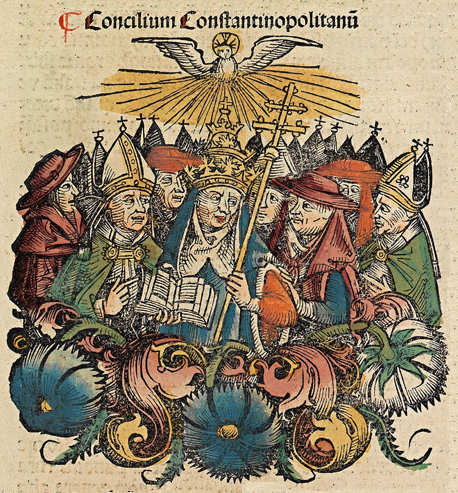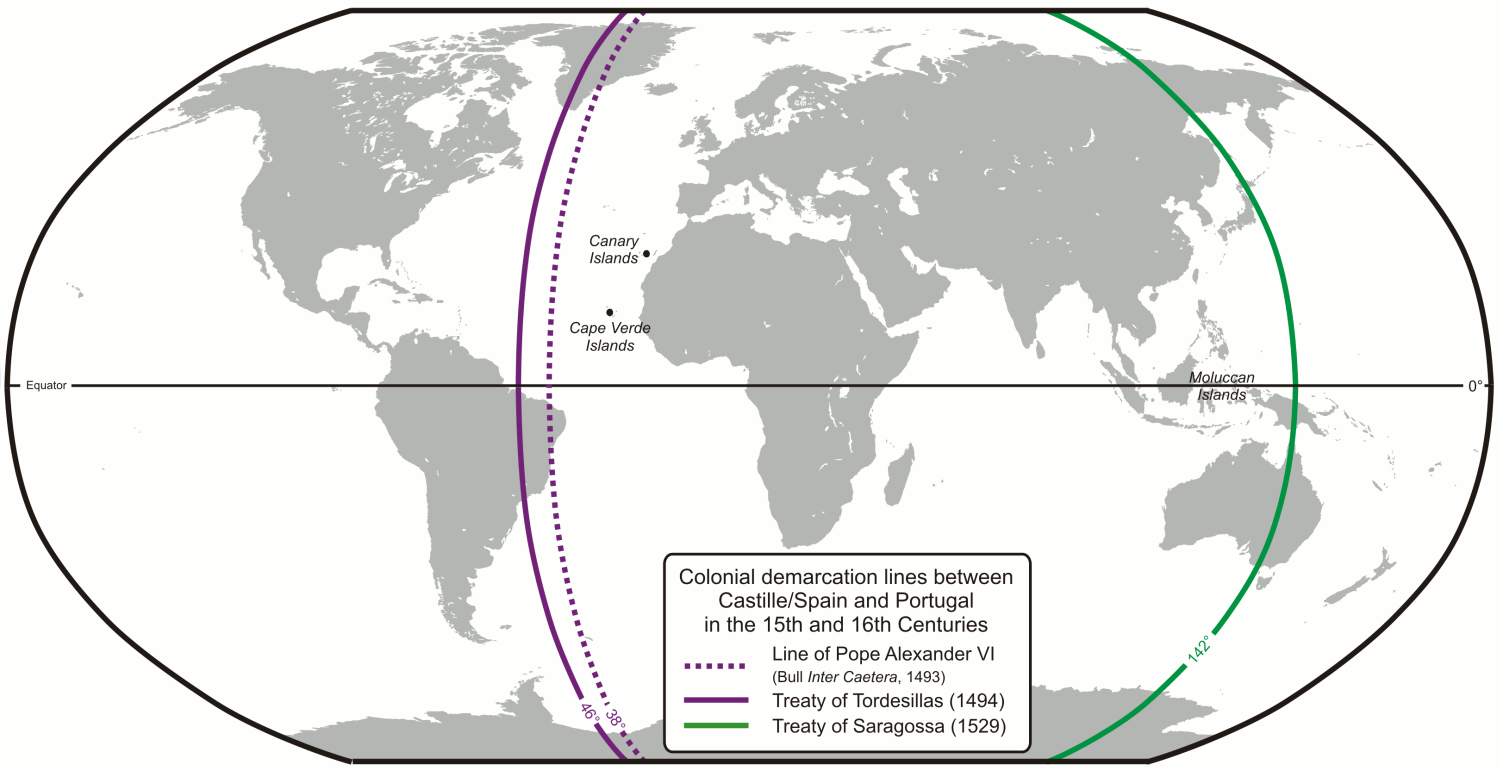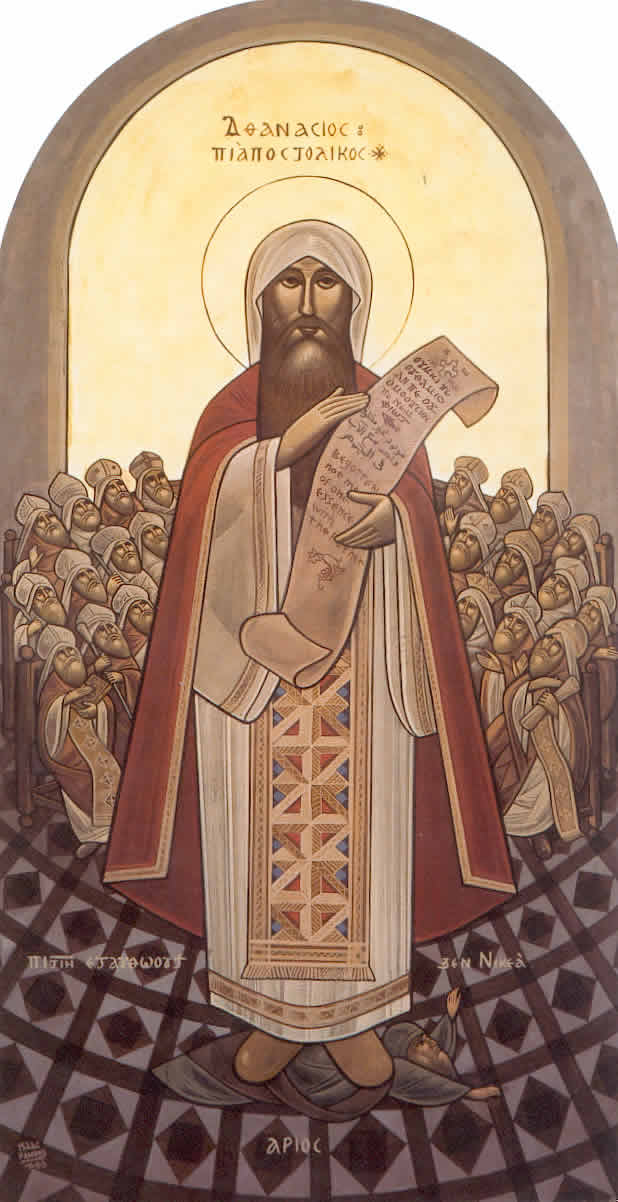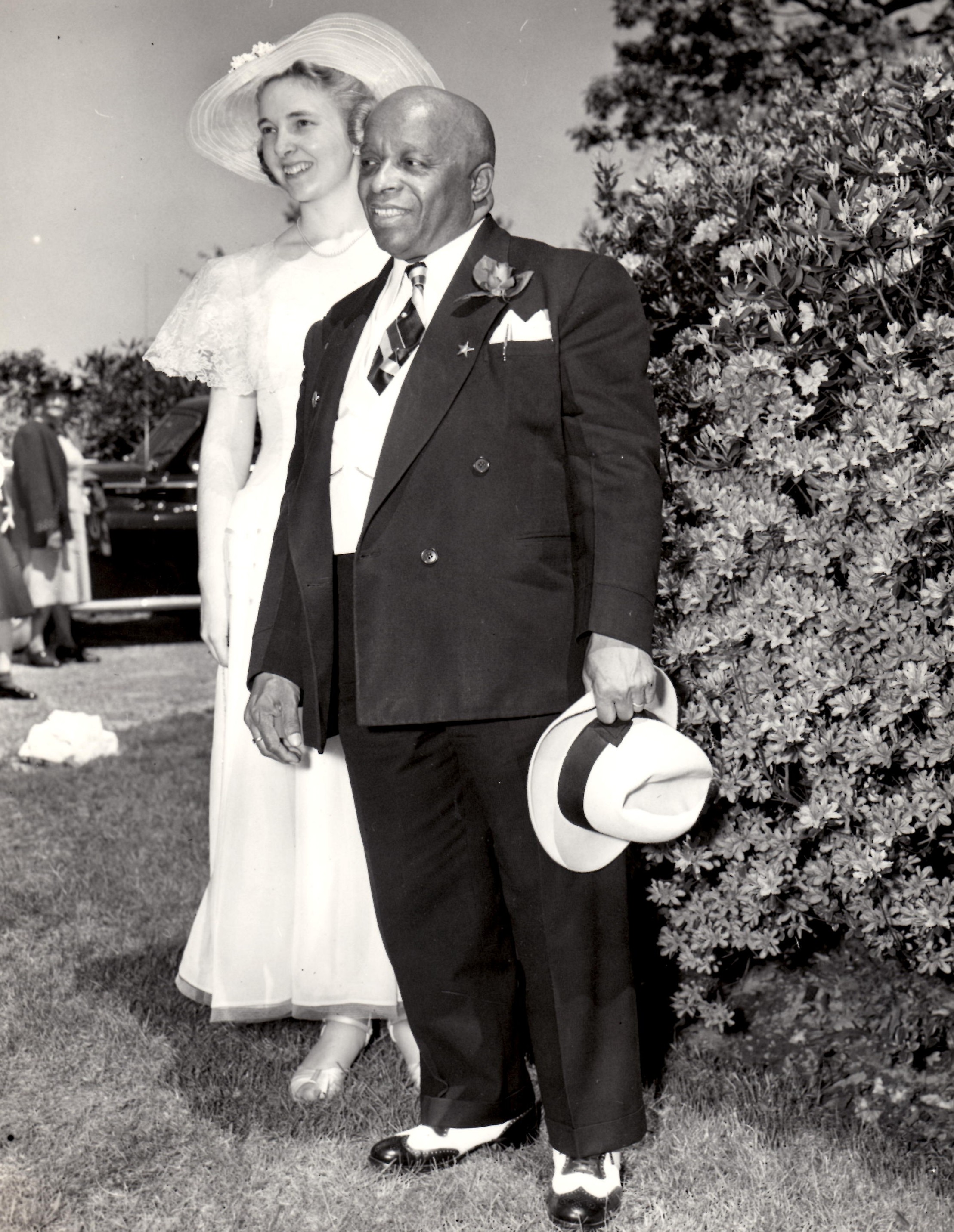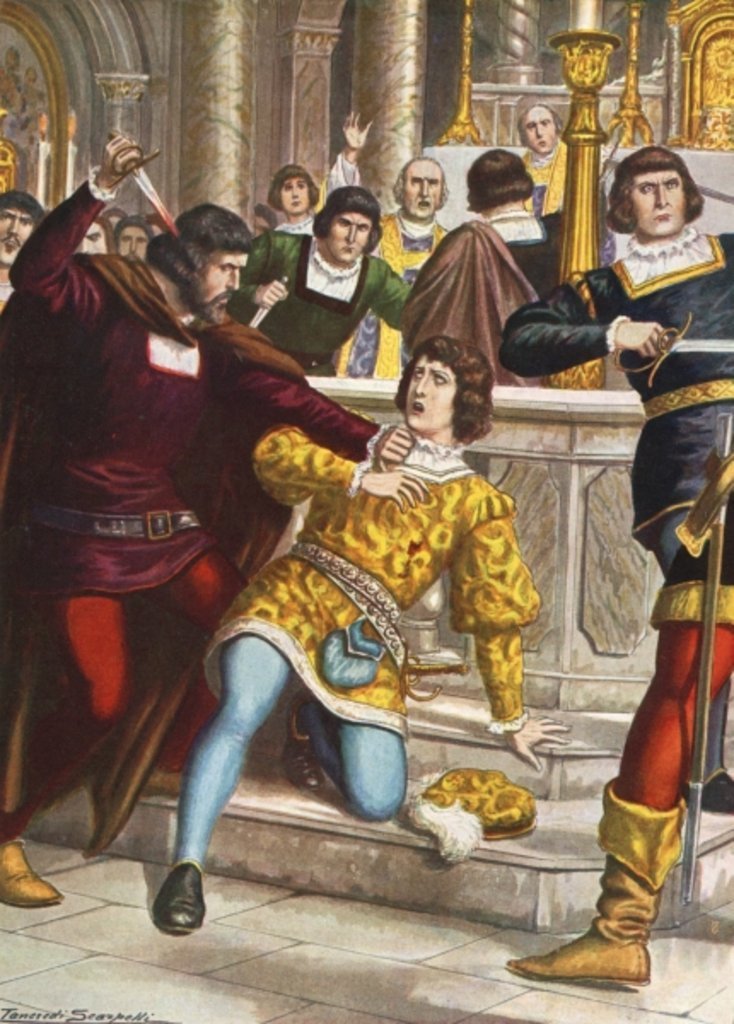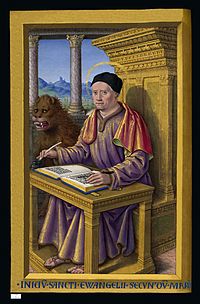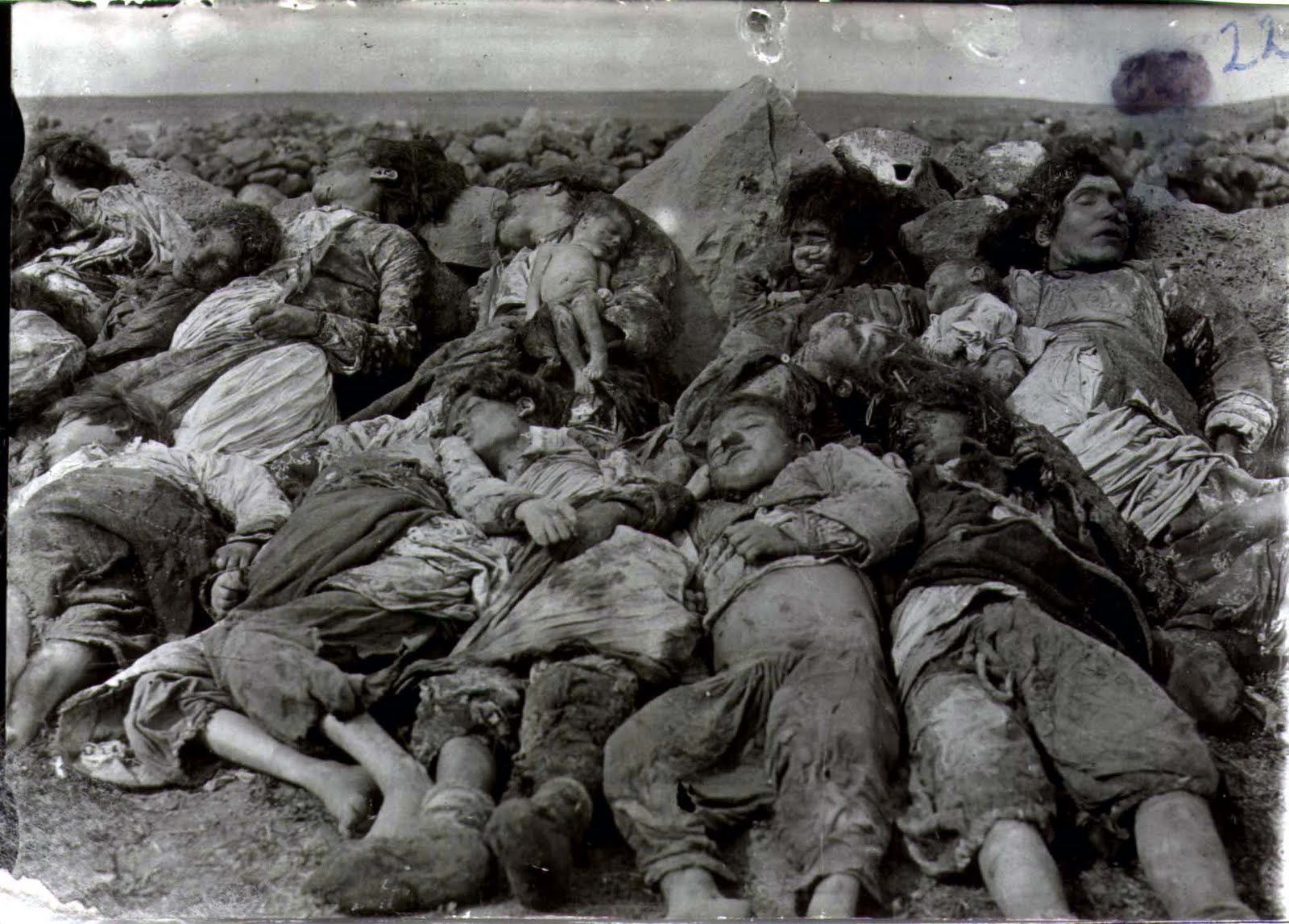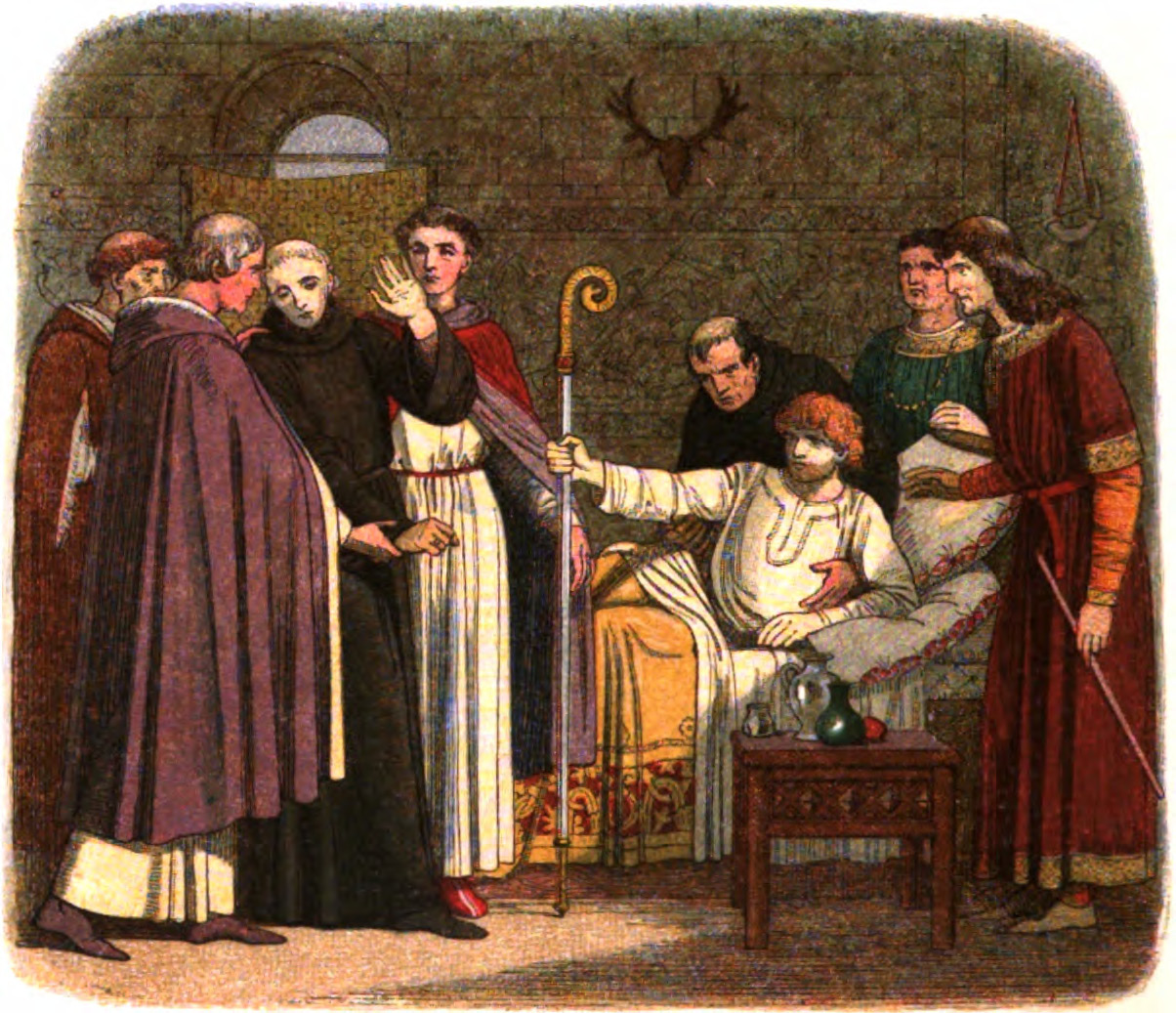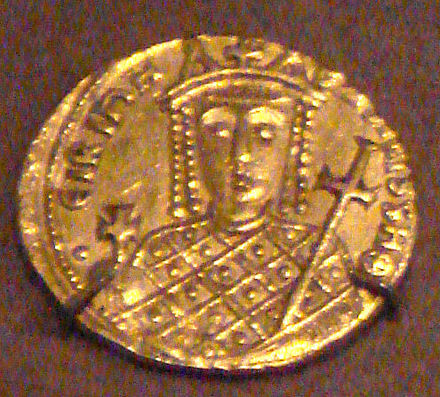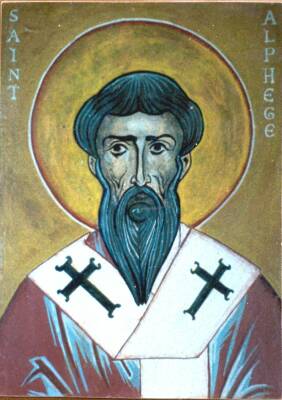1536
Henry VIII orders the English Bible
Throughout the medieval period one consistent call from church reformers was for Scripture in the vernacular. In the 1300s the followers of the heretic John Wycliff were the first to translate the Bible into English, though they never issued a complete version and none existed in other than handwritten form. The principal European Bible was called the Vulgate, a Latin translation done around 400 by St Jerome. Though the Vulgate’s weaknesses were known to church officials, it was felt desirable that the Bible not be translated into local languages so as to keep a clerical monopoly on interpretation. Nonetheless, some vernacular versions were tolerated.
In the sixteenth century, Christian humanists expressed a desire to examine Scripture in its original languages. The breakthrough was Erasmus’s 1516 edition of a Greek New Testament which encouraged others to translate this, and not the Vulgate, into common tongues. This made vernacular Scripture a dangerous tool in the hands of reformers, as was the case with Martin Luther’s 1521 New Testament in German, and made the English Church turn its face against translation. Matthew Tyndale, for example, was executed in 1536 for having produced an English Bible.
Henry VIII’s decision to withdraw the Church of England from papal jurisdiction made it more likely that he and his advisers would listen to clerical demands for an English translation. In 1536, Henry’s chief minister, Thomas Cromwell, ordered that every church in the country possess an English Bible by August 1, 1537 — though there was yet no such book that could legally be procured. In the next two years two versions appeared. The 1537 Matthew Bible was a combination of work done by Tyndale (the New Testament and parts of the Old) and by Myles Coverdale (a less respectable completion of the Old Testament.) In 1538 the Great Bible, mostly the work of Tyndale, was mandated (its title page contains a portrait of Henry VIII distributing the “Word of God” amid many cries of “God Save the King.”) Cromwell ordered priests to possess “one book of the bible of the largest volume in English, and the same set up in some convenient place within the said church that ye have care of, whereas your parishioners may most commodiously resort to the same and read it.” This remained the standard English Bible until the Bishops’ Bible of 1568.
Tyndale’s work continued to be used by later English translators and it is estimated that the King James Version of 1611 relied for 90% of its text on the earlier version.

